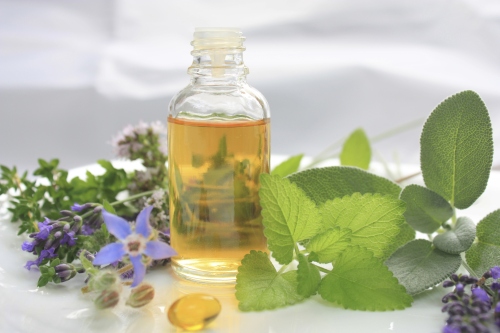Simple wayside flowers, even weeds, have a far greater heritage than most people realize. We modern folk cannot begin to grasp the enormous part that herbs--‘a plant or plant part valued for its medicinal, savory, or aromatic qualities'--played in every aspect of life in times past; the not so distant past. There were no drugstores to run to for health and beauty aids, no cures to be had at every corner. Remedies for everything from colds to the bubonic plague were made into tinctures, teas, salves, poultices..
A Modern Herbal by Mrs. M. Grieve, first published in 1931, allots six pages to dandelions alone. The yellow flowers of this much maligned weed, so loved by children, supply rich nectar for the bees and wine for man. The tender spring leaves are vitamin rich and eaten fresh, or dried for digestive drinks and herbal beer. The roots are roasted for dandelion coffee, said to be indistinguishable from real coffee, though I suspect I would detect the difference. The entire plant is esteemed as a tonic, especially good for the liver and kidneys. This just scratches the surface of the wonders of dandelion.
Burdock is a marvel in its own right. The leaves and seeds are infused to treat skin disorders, including eczema, and are taken as a remedy for nervous hysteria, an interesting combination and certainly useful. Lovesick? Pansies, also known as heartsease, were highly valued for their potency in love-charms and played an important part in Midsummer Night’s Dream.
“There’s rosemary, that’s for remembrance…and there is pansies, that’s for thoughts.” ~ William Shakespeare


No comments:
Post a Comment